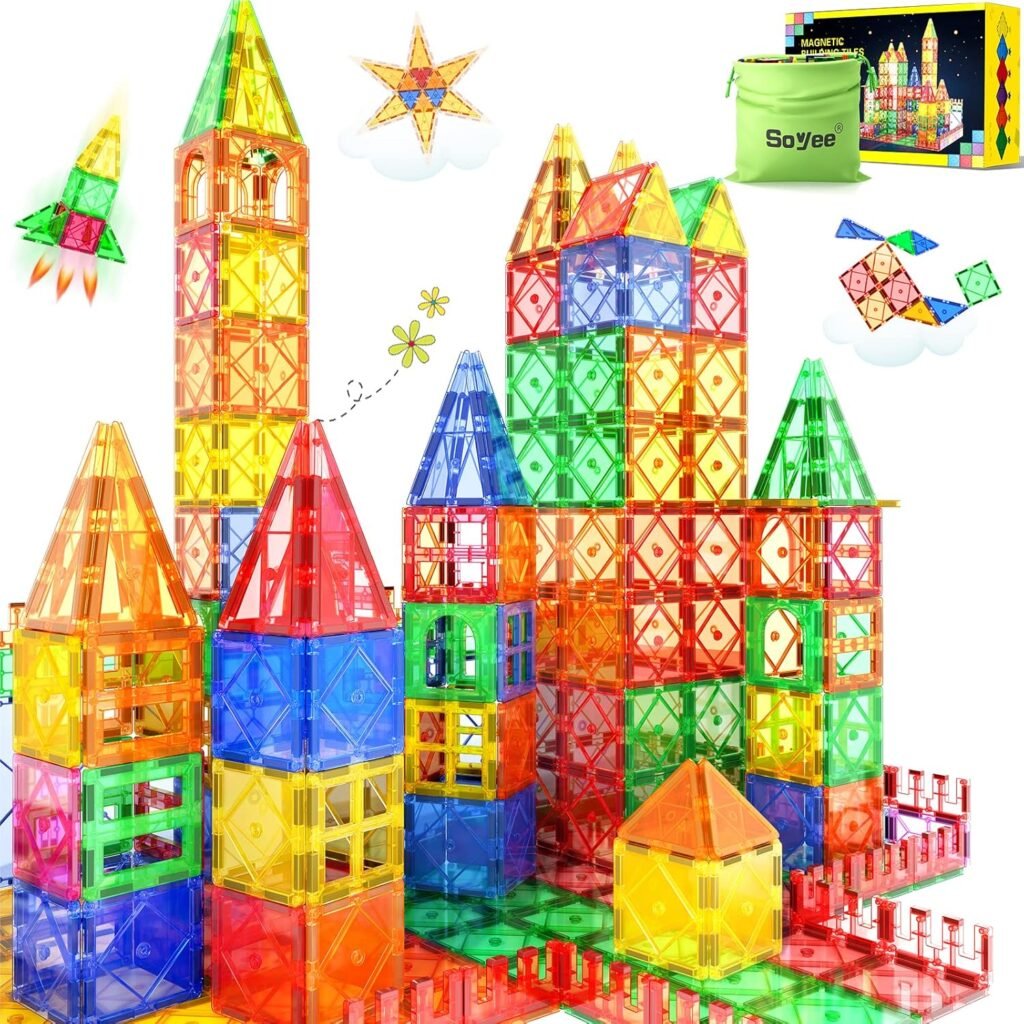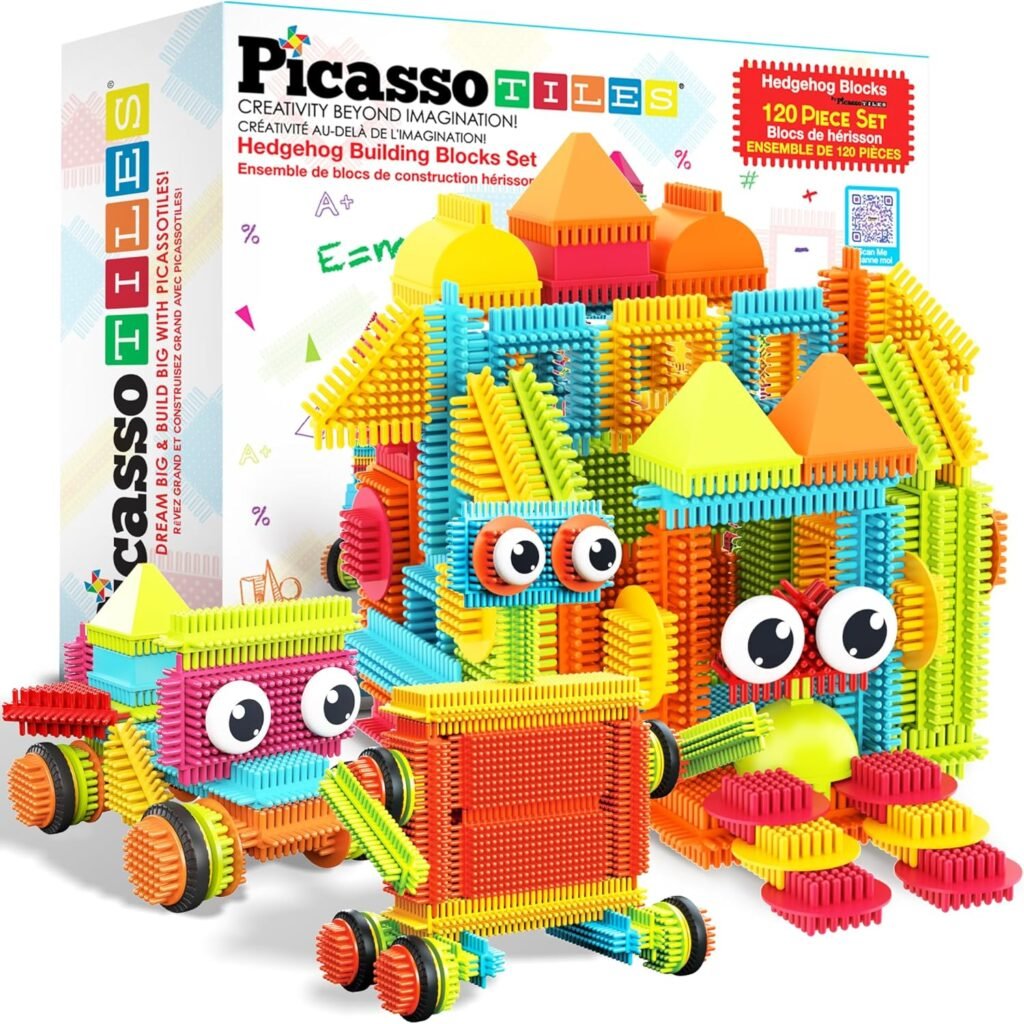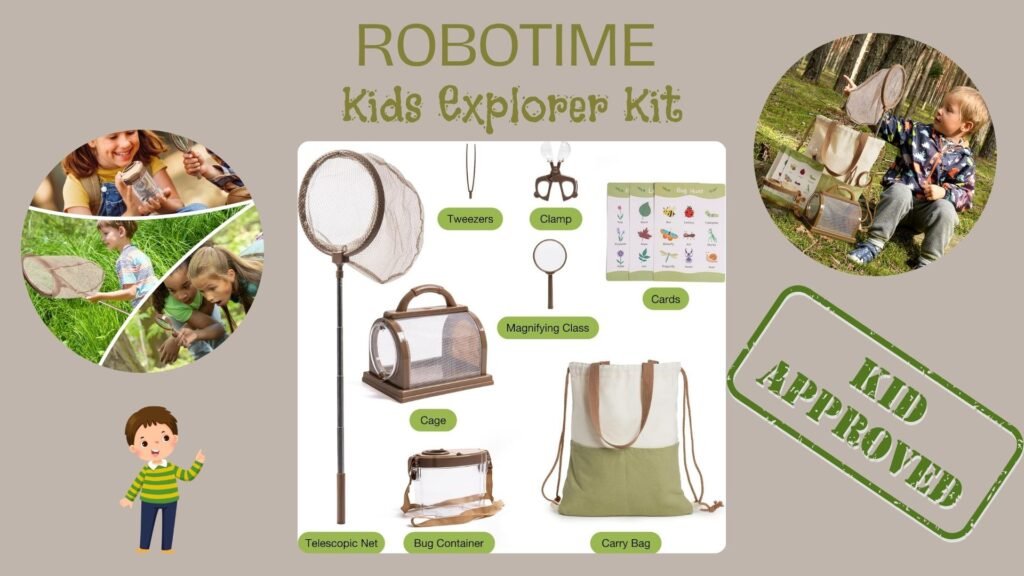Teaching empathy to preschoolers can be both fun and rewarding. By engaging them in creative activities, you can help them understand and express feelings, both their own and those of others. Here are five enjoyable ways to nurture empathy in your little ones.
Key Takeaways
- Drawing emotions helps kids express how they feel.
- Acts of kindness teach children the value of being helpful.
- Creating an emotion collage allows kids to visualize different feelings.
- Roleplaying situations helps children understand others’ perspectives.
- Being kind to animals fosters compassion and care for living beings.
1. Drawing Emotions
Drawing is a fantastic way to help kids understand their feelings. Encouraging your preschooler to express emotions through art can be both fun and educational. Here’s how you can do it:
- Provide Materials: Gather crayons, markers, and paper. Let your child choose their favorite colors.
- Ask About Feelings: Prompt your child to draw faces that represent different emotions, like happiness, sadness, or anger.
- Discuss the Drawings: After they finish, talk about what made them feel that way. This helps them connect their feelings to their drawings.
| Emotion | Drawing Description | Possible Causes |
|---|---|---|
| Happy | Smiling face | Playing with friends |
| Sad | Frowning face | Losing a toy |
| Angry | Furrowed brow | Not getting a snack |
Drawing emotions not only helps children express themselves but also teaches them to recognize and understand feelings in others.
This activity is a great way to build emotional literacy and can be done with kids as young as four. By drawing, they learn to identify and articulate their feelings, which is a crucial step in developing empathy. Remember, the goal is to make it enjoyable and engaging!
2. Acts Of Kindness
Teaching your preschooler about kindness can be both fun and impactful. Engaging in acts of kindness helps children understand the importance of empathy. Here are some simple ways to get started:
1. Share Kind Stories
Encourage your child to share stories about acts of kindness they’ve seen or done. This can be from books, movies, or even real-life experiences. It helps them connect with the idea of kindness on a personal level.
2. Create a Kindness Jar
Make a jar where your child can drop in notes about kind acts they’ve done or witnessed. This visual reminder can motivate them to keep being kind.
3. Daily Kindness Challenge
Set a daily challenge for your child to perform at least one act of kindness. This could be helping a friend, sharing a toy, or even saying something nice to someone.
4. Kindness Chain
Have your child cut out paper strips and write down acts of kindness they offered or received. They can glue these strips together to form a chain, which can be hung up as a reminder of their good deeds.
Acts of kindness not only help others but also make us feel good inside.
5. Discuss Feelings
After your child performs a kind act, ask them how it made them feel. This reflection helps them understand the emotional impact of their actions and reinforces the idea of empathy.
By incorporating these activities into your daily routine, you can help your child develop a strong sense of empathy and kindness that will last a lifetime. Remember, every small act counts!
3. Emotion Collage
Creating an emotion collage is a fun and engaging way to help preschoolers understand feelings. Using old magazines, you can cut out pictures of faces showing different emotions. This activity not only sparks creativity but also encourages discussions about why people feel a certain way. Here’s how to do it:
- Gather Materials: Collect old magazines, scissors, glue, and a large piece of paper.
- Cut Out Faces: Look for various facial expressions in the magazines. Cut out faces that show happiness, sadness, anger, and more.
- Create the Collage: Glue the faces onto the paper to create a colorful collage.
- Discuss Emotions: Talk about each face. Ask your child questions like, “What do you think made this person feel this way?” This helps them connect emotions to real-life situations.
Engaging in activities like this can help children learn to recognize and express their own feelings, fostering a deeper sense of empathy.
By making an emotion collage, you’re not just crafting; you’re building emotional awareness that can last a lifetime!
4. Roleplaying
Roleplaying is a fantastic way to help your preschooler understand empathy. By acting out different scenarios, children can learn to see things from another person’s perspective. Here are some fun ideas to get started:
- Emotion Charades: Have your child pull emotions from a hat and act them out. This helps them express feelings without words.
- A Day in the Life: Choose a favorite character and discuss their daily routines. Ask your child how that character might feel in different situations.
- Scenario Acting: Present a situation, like a friend losing a toy, and ask your child to act out how they would respond. Praise positive reactions and guide them on better responses if they show frustration.
Roleplaying not only builds empathy but also enhances communication skills. It’s a fun way to explore feelings together!
By engaging in these activities, you can help your child develop a deeper understanding of how others feel, making them more compassionate individuals. Remember, the goal is to create a safe space where they can express themselves freely and learn from each experience.
Highlights
- Emotion Charades: A fun game to express feelings.
- A Day in the Life: Understanding characters’ perspectives.
- Scenario Acting: Practicing responses to real-life situations.
These activities can be done at home or in a group setting, making them versatile for any learning environment!
5. Kindness To Animals
Teaching your preschooler to show kindness to animals can be a fun and rewarding experience. Helping your child care for pets not only nurtures empathy but also builds responsibility. Here are some engaging activities to consider:
- Pet Care: Encourage your child to play with your pets or help with their daily needs. This can include feeding them, grooming, or simply spending time together.
- Neighborhood Help: If you don’t have a pet, your child can offer to walk a neighbor’s dog. This teaches them to be considerate of others’ animals.
- Create a Bird Feeder: Crafting a bird feeder can be a fun project. It allows your child to learn about caring for wildlife and observing nature.
- Read Books: Share stories that highlight kindness to animals. This can spark discussions about empathy and compassion.
Engaging with animals helps children understand feelings and develop a sense of responsibility. It’s a great way to teach them about the importance of kindness in all forms.
By participating in these activities, your child will learn valuable lessons about empathy and the importance of being kind to all living beings. Remember, every small act of kindness counts!
Wrapping Up: Nurturing Empathy in Young Hearts
Teaching empathy to your preschooler is a rewarding journey that can shape their understanding of the world. By engaging in fun activities like role-playing, drawing emotions, and discussing feelings, you can help your child learn to connect with others. Remember, it’s all about making these lessons enjoyable and relatable. As they grow, these skills will not only enhance their friendships but also foster kindness and compassion. So, embrace these moments, and watch your little one blossom into a caring individual!
Frequently Asked Questions
What is empathy, and why is it important for preschoolers to learn it?
Empathy is the ability to understand and share the feelings of others. Teaching preschoolers empathy helps them build strong friendships and reduces conflicts.
How can I tell if my child understands empathy?
You can observe if your child recognizes when someone is upset or happy and responds appropriately, like offering comfort or sharing.
At what age can children start learning about empathy?
Children can begin learning about empathy as early as 3 years old, though their understanding will grow as they age.
What activities can I do with my child to teach them empathy?
Activities like drawing emotions, roleplaying different scenarios, and discussing feelings can help teach empathy.
How can I model empathetic behavior for my child?
You can show empathy by acknowledging your child’s feelings, discussing emotions openly, and demonstrating kindness to others.
What should I do if my child struggles to show empathy?
Be patient and continue to guide them. Encourage discussions about feelings and model empathetic responses in everyday situations.


Ms. Kerri’s Corner provides a exciting virtual space for preschool learning. Through a variety of engaging activities, she exposes young minds to early math, literacy, science and social-emotional skills in a developmentally appropriate way. Centers for blocks, art, books and music allow children to explore hands-on learning at their own pace. Guided lessons subtly introduce number sense, letter sounds and narrative thinking. Careful observation gives insight into each child’s progress across domains. Viewers are also invited to participate, reinforcing that their ideas are valued. By making learning fun yet purposeful, Ms. Kerri lays the groundwork for future academic success while fostering creativity and imagination. Her program offers preschoolers valuable screen-based learning experiences.






